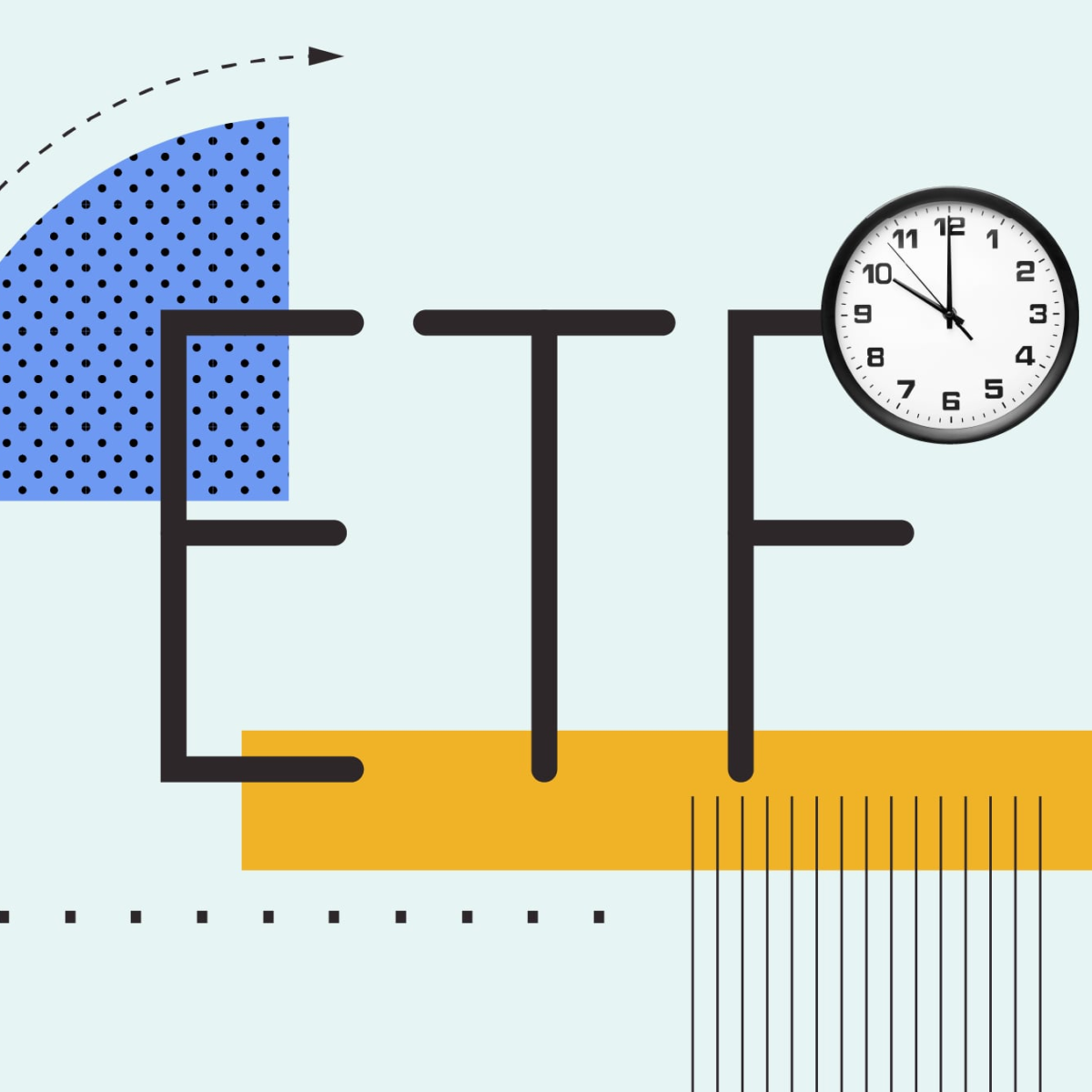For a lot of investors, the last two weeks probably felt like some of the most volatile markets they’ve experienced in some time. Memories can be short, though. As of April 11, four of the trailing 10 trading days saw daily gains or losses of 2% or more in the Russell 1000 Index. Yet, since that index’s 1978 inception, that had occurred at least 460 times over rolling 10-day trading periods, or a little less than 4% of all trading days. Those include well-known events like the 2008 financial crisis, the 1987 crash, and the March 2020 covid-19-induced drawdown. Yet, we also saw similar volatility in October 2011, December 2018, May 2022, and during many other stretches that have been largely forgotten.
In 10 years, whether we look back on this period as a turning point or just another slight snag in a return chart is anyone’s guess. But it’s times like these where active managers who claim they can beat the market insist their foresight is most valuable. This includes managers of increasingly available active ETFs that allow investors to trade throughout the day.
In volatile markets, some may see this feature as a benefit, as investors do not have to wait until the close of the trading day to buy or sell, which they have to do with mutual funds. Active ETFs also allow investors to see daily portfolios, which is something they generally cannot access from mutual funds. With active exchange-traded funds, we can see in near-real time how portfolio managers are reacting to big market moves. So, how have both ETF investors and active ETF managers responded to the volatility? I examined all active large-cap domestic ETFs to find out.
Do Investors Agree That Now Is the Time to Go Active?
Fund companies are not shy about selling clients on the benefits of active management in volatile periods. It is then, they say, that their managers are best able to find the babies the market often throws out with the bathwater.
It’s evident some investors believe that. Since the start of April, investors have been net buyers of large-cap domestic equity active ETFs. Collectively, about $2.4 billion flowed into them between April 1 and April 11. Capital Group benefited the most, collecting about 40% of those inflows, most of which went into its Dividend Value ETF. Dimensional Fund Advisors, whose funds are indexlike, collected 20% of the net flows, while the remaining 40% spread among numerous other shops. Some of this flow activity is likely connected to asset-management firms’ model portfolios rebalancing, as the models tend to buy more equity during selloffs to maintain their target asset allocations. Still, investors have shown some appetite for active management.
Yet, active ETFs accounted for just over 10% of flows into large-cap domestic ETFs. Passive ETFs of that ilk took in more than $20 billion. Investors are still displaying an overwhelming preference for passive strategies rather than active, but they are at least using this time to lean back into the market rather than pull back.
What Are Active ETF Managers Selling?
Some active managers seem bearish on US-based aerospace and defense companies as well as federal contractors, likely owing to a combination of tariff and Department of Government Efficiency-related spending cut concerns. JPMorgan Active Value ETF and JPMorgan Active Growth ETF, for example, sold nearly their entire combined stake in Booz Allen Hamilton, which earns nearly all its revenue from Federal contracts. AB US Large Cap Strategic Equities ETF, however, perhaps seeking to capitalize on low sentiment around the name, nearly doubled its Booz Allen Hamilton holdings.
T. Rowe Price Capital Appreciation Equity ETF manager David Giroux sold almost 75% of the fund’s Northrup Grumman position on April 9. Meanwhile, JPMorgan Active Value ETF, which is a combination of two highly rated JPMorgan large cap value strategies, dumped all its Lockheed Martin and Boeing shares on April 3 and 4.
What Are Active ETF Managers Buying?
Capital One Financial was the most popular buy among active equity ETFs in the period, though one fund—iShares US Equity Factor Rotation Active ETF—accounted for almost all the purchases. While we classify this an active ETF, there is no traditional stock-picker at the helm. Instead, members of BlackRock’s quant team run it with a model that rotates the portfolio in and out of different investment factors. So the ETF’s purchases do not necessarily reflect a stock-pickers’ bold call. Still, some stock pickers also saw a buying opportunity in Capital One. BNY Mellon Dynamic Value ETF upped its position in it by 35% in the period.
Stock-pickers also pushed into consumer food and beverage companies. PepsiCo, Mondelez International, and Tyson Foods were each among the 20 most purchased stocks in the period. JPMorgan Active Value ETF drove the Pepsi and Mondelez trades, as it increased its positions in each on April 3. Meanwhile, Davis Select US Equity bought a lot of Tyson Foods on April 8.
While these trades can be interesting, investors should not read too much into them. Active managers constantly disagree with one another about the relative merits of stocks. Assets are concentrated in relatively few active equity ETFs, so one ETF’s trade can account for most of the aggregate trading.
In fact, active managers barely touched most positions at all. These funds’ $2.4 billion in inflows represented a roughly 4.0% increase on the roughly $60 billion in assets under management with which these ETFs started in April. Most positions’ changes were roughly in proportion to their ETFs’ flows, with some managers being a bit more tactical and opportunistic. This is perhaps the best lesson for investors: while market turbulence can present a unique opportunity or two, wholesale portfolio changes are likely unnecessary.





